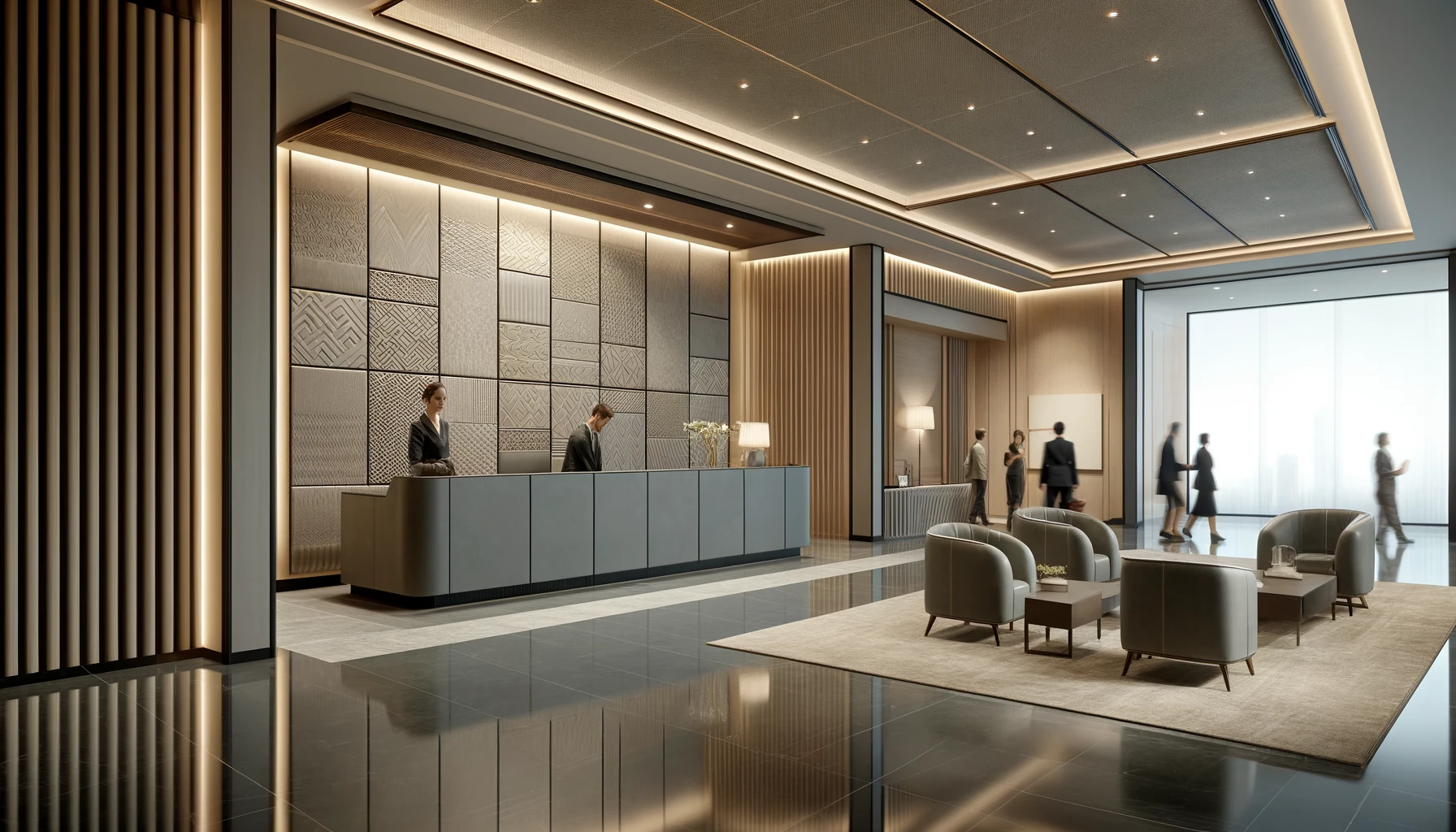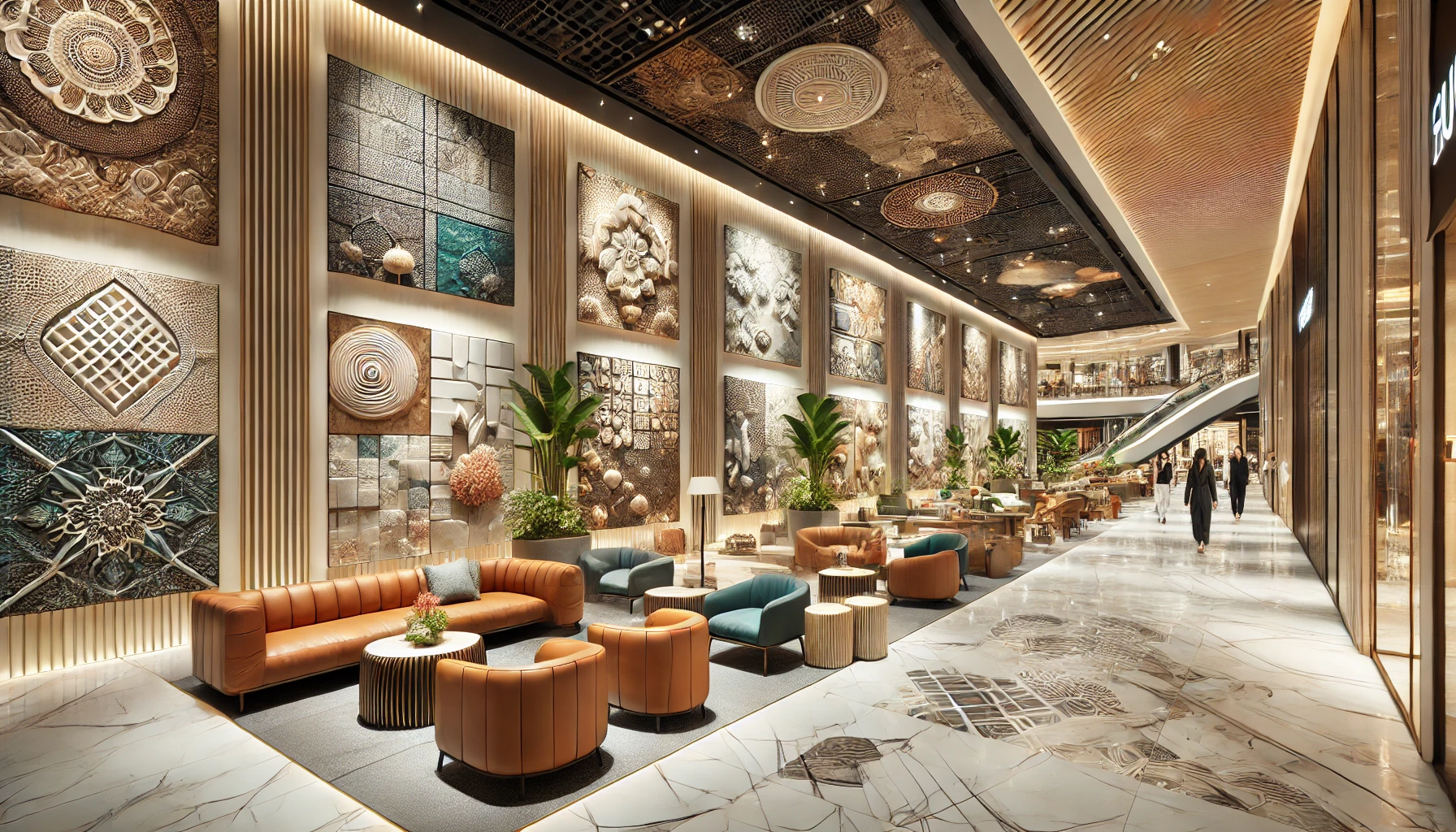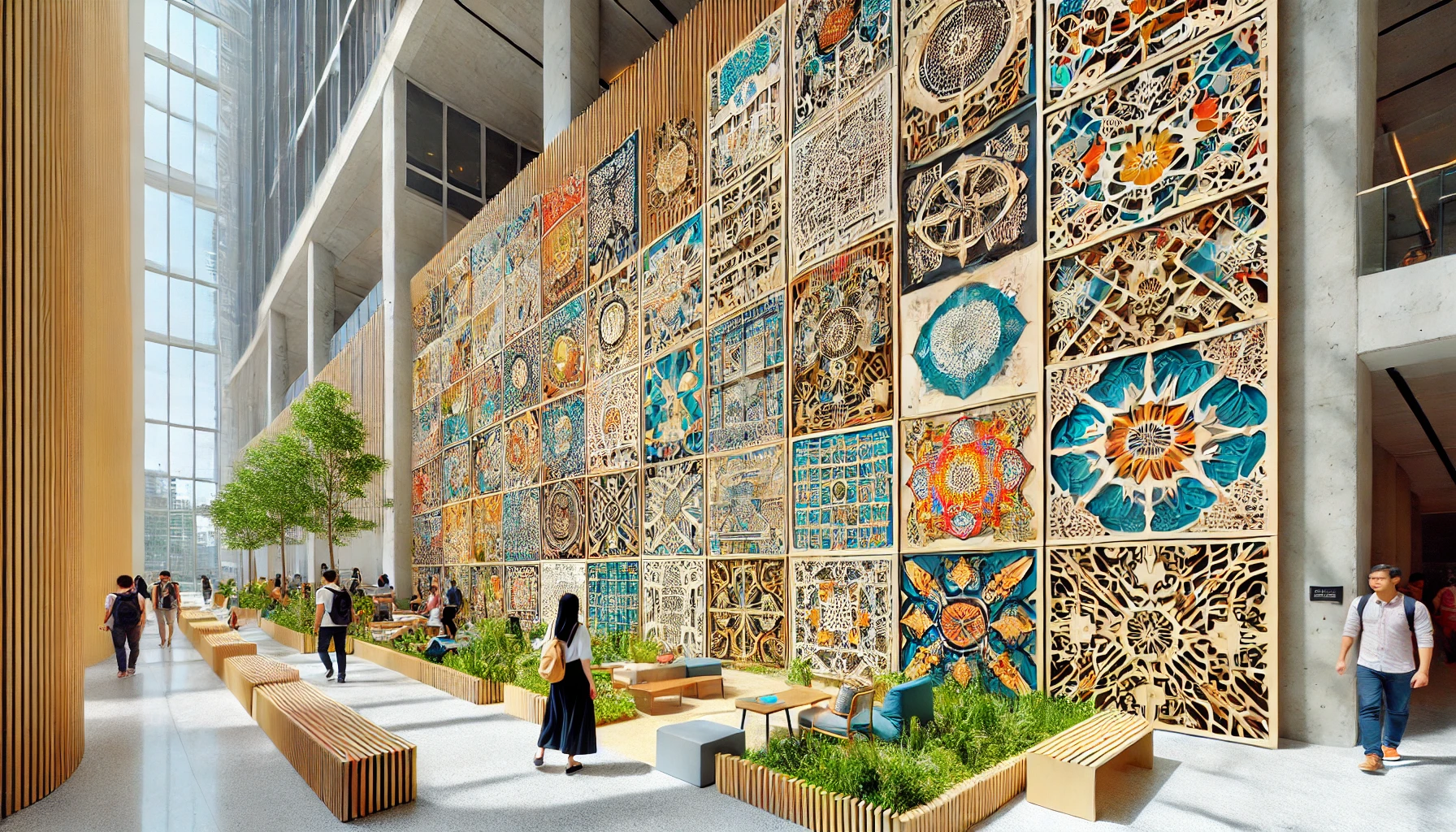Medium-density fiberboard (MDF) panels have become a cornerstone of modern design, particularly in the realm of sustainable and eco-friendly building materials. Known for their versatility, affordability, and aesthetic potential, MDF panels are being used increasingly in various applications, from residential to commercial spaces. Their ability to mimic high-end materials while offering environmental benefits makes them an attractive choice for architects and designers.
In this blog post, we will delve into the innovative use of MDF panels in public spaces, highlighting their creative applications and the benefits they bring. We will explore different public environments where MDF panels have been effectively utilized, discuss design and installation techniques, and examine the environmental impact of these sustainable materials. Whether you are an architect, a designer, or simply an enthusiast of sustainable building practices, this post aims to inspire and inform.
Understanding MDF Panels
Definition and Composition
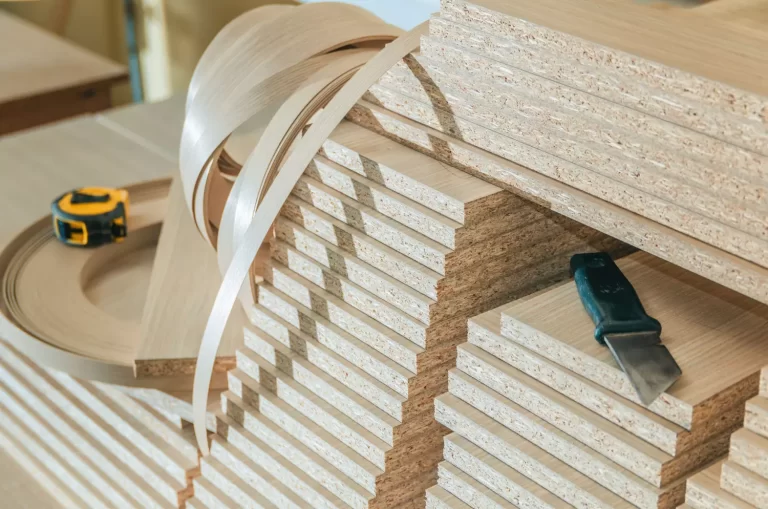
MDF, or Medium-Density Fiberboard, is an engineered wood product made from wood fibers bonded together with resin under high pressure and heat. Unlike solid wood, MDF does not have a grain, which makes it more uniform and stable, reducing the risk of warping. This uniformity allows for precise cutting and detailed work, making it ideal for decorative applications.
Benefits of Using MDF Panels
MDF panels are celebrated for their durability and versatility. They can be cut, drilled, and shaped with ease, allowing for intricate designs and custom installations. Their smooth surface is perfect for painting, laminating, and veneering, offering a wide range of aesthetic possibilities. Additionally, MDF panels are cost-effective compared to solid wood and other high-end materials, making them an accessible option for large-scale projects.
Innovative Uses of MDF Panels in Public Spaces
Libraries and Educational Institutions
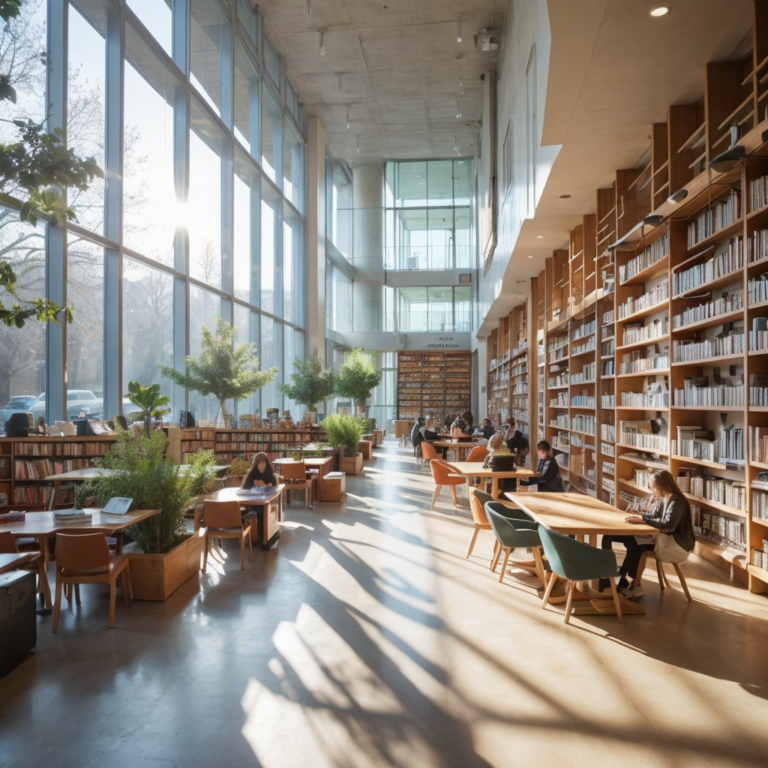
One of the most inspiring uses of MDF panels is in libraries and educational institutions. For example, the Salt Lake City Public Library features stunning MDF paneling that adds warmth and texture to its contemporary design. MDF panels can be used to create custom shelving, acoustic panels, and even artistic installations that enhance the learning environment.
Corporate Offices and Workspaces
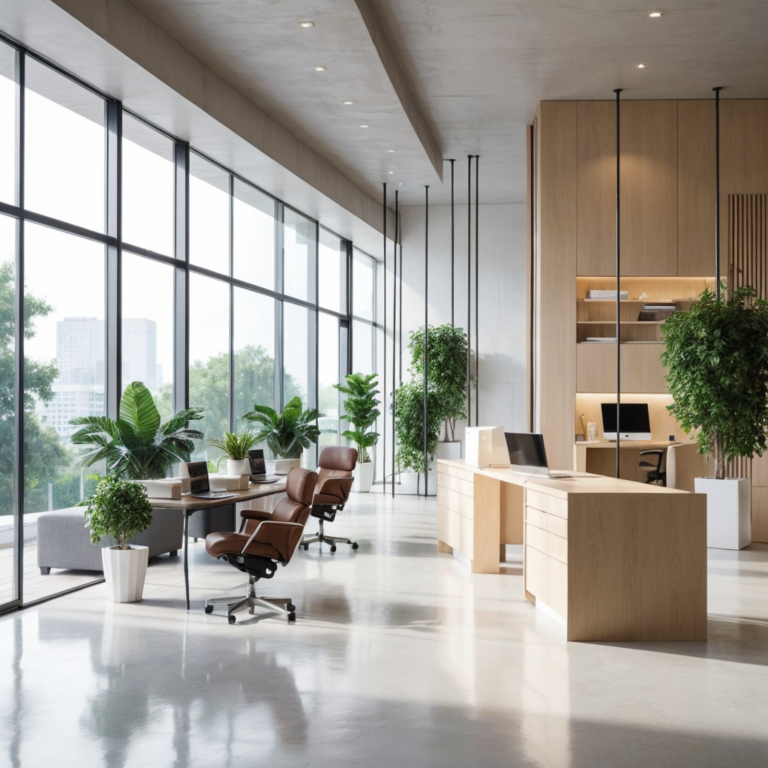
In corporate settings, MDF panels are used to create sleek, modern interiors that foster productivity and creativity. The headquarters of tech giant Google in Silicon Valley showcases MDF panels in their office design, incorporating them into wall claddings, partitions, and even furniture. These installations not only enhance the visual appeal but also contribute to a sustainable workspace.
Public Art Installations and Murals
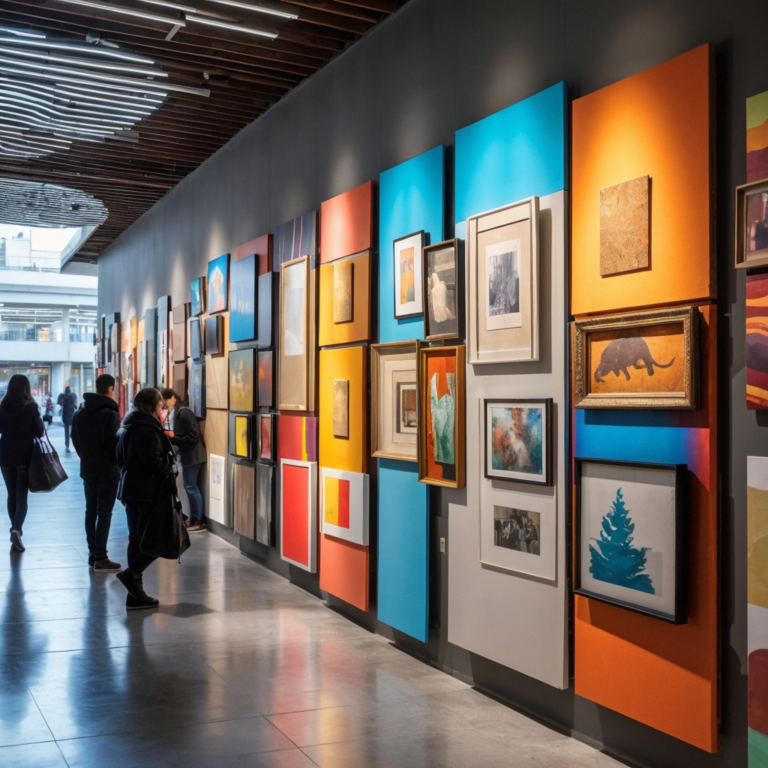
Public art installations and murals benefit greatly from the flexibility of MDF panels. Artists and designers use MDF to create large-scale, intricate pieces that engage and inspire the community. An excellent example is the mural at the downtown Los Angeles Metro Station, where MDF panels were used to create a vibrant, three-dimensional artwork that reflects the cultural diversity of the area.
Retail Spaces and Shopping Malls

Retail environments leverage MDF panels to create immersive and attractive shopping experiences. The use of MDF in store displays, wall treatments, and signage can be seen in high-end retail spaces like the Apple Store. These panels provide a clean, modern look that complements the products on display, enhancing the overall customer experience.
Designing with MDF Panels
Creative Design Ideas
Designers have a plethora of options when working with MDF panels. From geometric patterns and textured finishes to integrating LED lighting and interactive elements, the possibilities are endless. For instance, MDF panels with CNC-machined patterns can create stunning feature walls that catch the eye and add depth to any space.
Installation Techniques
Proper installation of MDF panels is crucial to ensure their longevity and performance. Best practices include using the right adhesives and fasteners, ensuring a clean and dry installation environment, and allowing for expansion and contraction. Tools such as jigsaws, routers, and sanders are essential for achieving precise cuts and smooth edges.
Sustainability and Environmental Impact
Eco-friendly Production Practices
The production of MDF panels involves sustainable practices such as using wood fibers from responsibly managed forests and incorporating recycled materials. The manufacturing process is designed to minimize waste and emissions, contributing to a lower environmental footprint compared to traditional wood products.
Long-term Environmental Benefits
MDF panels offer long-term environmental benefits, including durability and recyclability. Their lifespan can be extended through proper maintenance, and at the end of their life cycle, they can be recycled into new MDF products. Additionally, the use of MDF panels can contribute to green building certifications like LEED, promoting a more sustainable construction industry.
Conclusion
In conclusion, MDF panels are a versatile, cost-effective, and sustainable choice for public space installations. Their ability to be customized and their environmental benefits make them an ideal material for architects and designers looking to create impactful and eco-friendly spaces. We encourage you to consider MDF panels for your next project, leveraging their potential to transform public spaces into masterpieces of design and sustainability.

